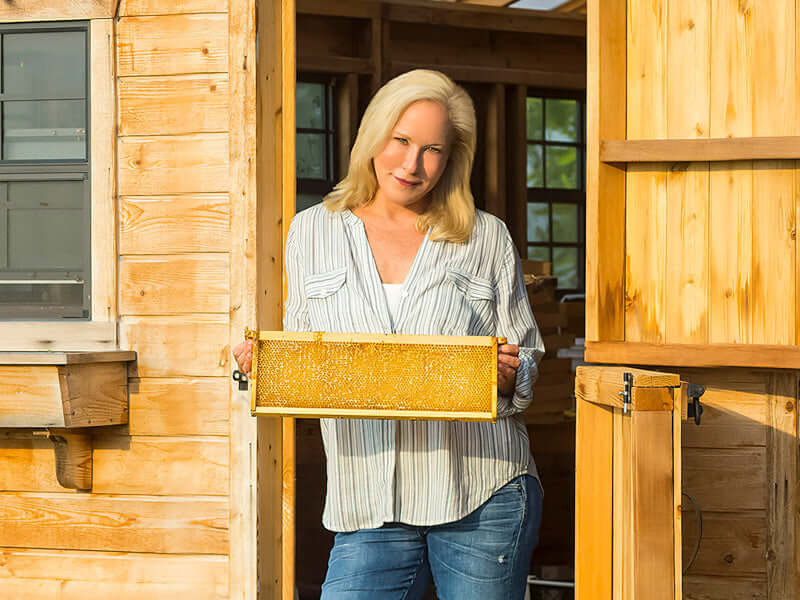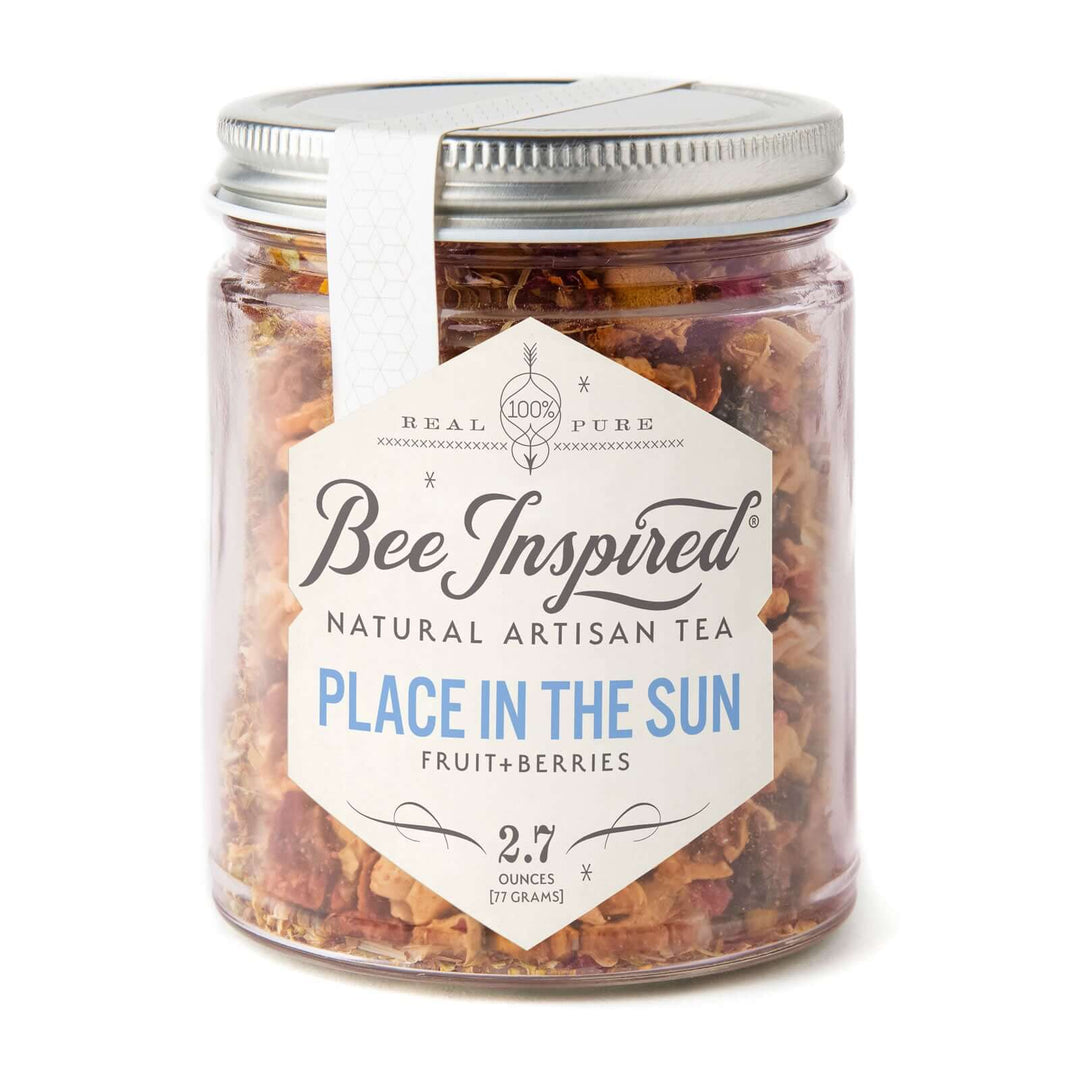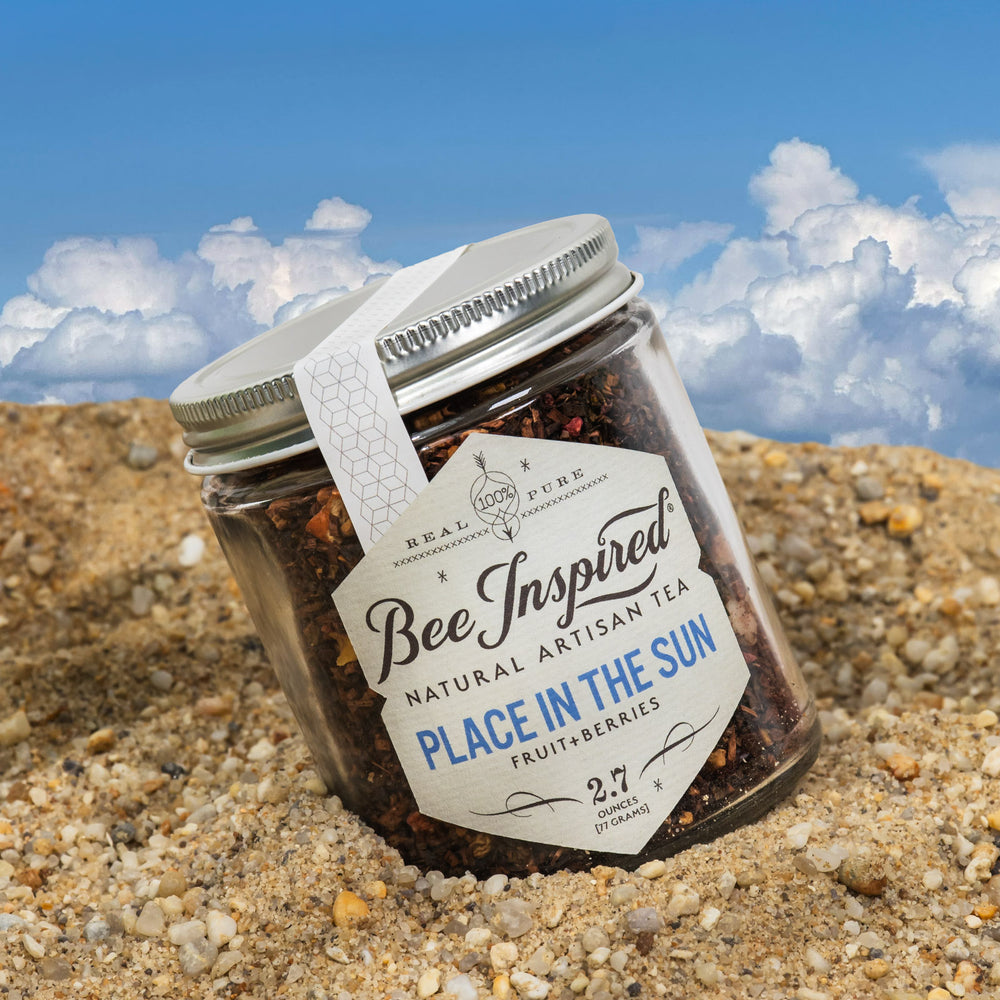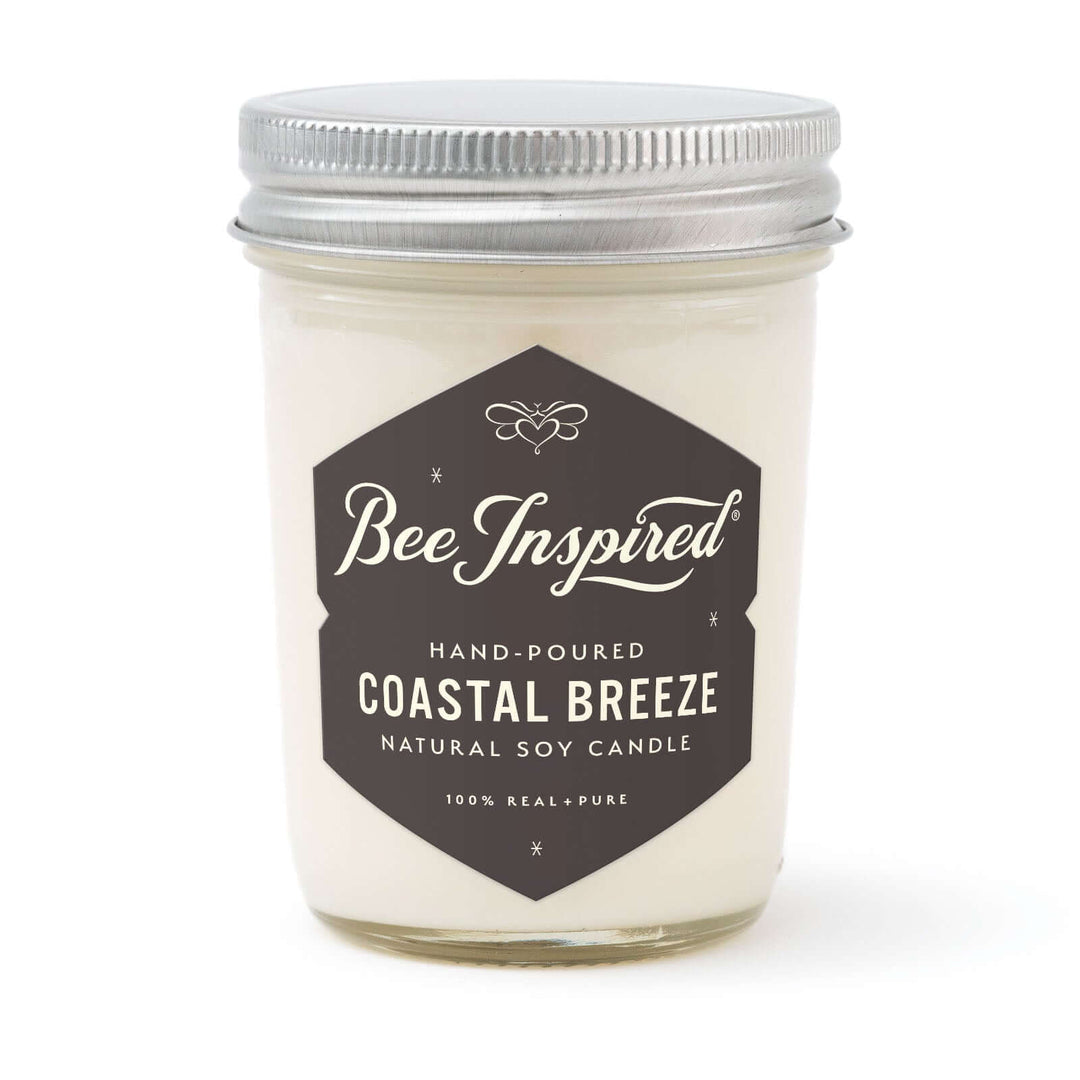Beekeeping can be a captivating and creative hobby for anyone interested in nature, agriculture, sustainable living, or simply the joy of being outdoors. Nothing is more amazing than watching bee colonies gather pollen and nectar to make raw honeycomb. But farming for bees is a relatively new concept and it may take a bit before you figure out what works best in your region (and your soil) if you have interest in undertaking this challenging task.

When bees pollinate wildflowers, they make amazing Wildflower Honey!
Bee food with essential nutrients is critical for honeybee health and well-being.
Good bee feed is essential for the health and well-being of bees. Honeybees collect nectar, which is a sugary liquid produced by flowers, but they also need a variety of other foods to survive. Feeding bees with appropriate bee feed is crucial to ensure they receive the necessary nutrients. In addition to nectar, flower pollen, and bee bread (a mixture of pollen and honey) provide essential nutrients like proteins, carbohydrates, and lipids. In order for bees to get the most out of their food sources, they need to be properly balanced with a variety of micronutrients as well. Bee food also needs to contain plenty of water, as bees require it in order to metabolize their food sources.

Bees need good bee food to be able to produce beeswax which we use in many of our products - our Plastic-Free Honey Lip Balm contains hydrating beeswax!
To provide your honey bees with a nutritious and fulfilling diet, it’s crucial to understand their natural habits and the nutrients they require. Incorporating flowering pollen producing plants into your garden or hives is a key ingredient for successful beekeeping. Make sure that they are deer resistant plants if you have big furry creatures roaming about! The more diverse your selection and blooming schedules, the more consistently your bees will have access to pollen.

You have to try one of our newest editions to our Eastern Shore Honey Collection - Sunflower Honey!
For optimal health, bees need flowers with high levels of nectar and pollen as they offer essential carbohydrates, proteins, lipids, vitamins, and minerals. In addition to flowers, decaying fruits can also be a great source of nutrition for bees. Keep your bees well-fed and thriving with these helpful tips. A simple trip to your local nursery will help you determine the plant material that thrives in your region. Using sugar syrup as a supplemental feeding method can help provide proper nutrition to the bees, especially during times when natural supplies are not available.

If you want to keep bees, like many beekeepers, you need to have a lot of flowers.
The more types of flowers you have and the longer they bloom, the more pollen your bees will have to eat. Many beekeepers emphasize the importance of having a diverse range of flowers to ensure bees have access to various pollen sources. We’ve dedicated our farm to growing bee food:
-
A variety of clover: white, red, crimson, lesser trefoil
-
Lots of different flowering mints
-
At least 3 varieties of bee balm
-
Joe Pie Weed
-
Coneflower
-
Goldenrod
-
Wildflowers
-
Sunflowers, False Sunflowers, Oxeye Daisies
-
Lavender
-
Hyssop
-
Herbs, especially flowering thyme of all kinds
-
Plants that bees love
-
Apple, Walnut, and Pear Orchards
Plus we are surrounded by black locust trees, tulip poplar, wild honeysuckle and sumac, which contribute to the overall health and prosperity of the hive. Around our house, we’ve planted lots of perennials, trees, and herbs that bees really like.
Bees will fly up to five miles just to find a good flower!

Reciprocity in Nature
If you’ve ever wondered what pollination is, it’s a fascinating process where bees fly from flower-to-flower collecting nectar that they make into food. When they land in a flower, pollen sticks to their hairy bodies; and when they travel from flower to flower, the pollen rubs off, pollinating the plant. In this mutually beneficial relationship, the bees get to eat and the flowers multiply.
During the honey flow, it is essential to provide bees with adequate nutrition to support their brood production and colony growth. Supporting multiple hives requires large-scale bee nutrition planning that considers seasonal bloom succession across extensive acreage.

Sweet clover is one of the many kinds of plants that aid in making delicious honey!
“Flowering plants require insects for pollination. The most effective is the honeybee, which pollinates 90 commercial crops worldwide. As well as most fruits and vegetables — including apples, oranges, strawberries, onions and carrots — they pollinate nuts, sunflowers and oil-seed rape [canola]. Coffee, soya beans, clovers — like alfalfa, which is used for cattle feed — and even cotton are all dependent on honeybee pollination to increase yields.”– UK Observer, May 2, 2010
Using pollen substitutes can help stimulate colony growth and prepare the bees for the upcoming seasons.
When I became a beekeeper, my interests in farming broadened. I work with a local farmer and a consulting ecologist to grow meadows with indigenous plant material, a field of sunflowers, fields of clover, rows of lavender and more. Farming our land for bees has become a big part of what we do for honeybees on Maryland’s beautiful Eastern Shore.

Winter patties can be a crucial emergency feed for colonies in late winter when natural pollen flows are delayed.
Beekeeping has become an increasingly popular hobby over the years, with many beekeepers using syrup as a supplemental feed to ensure their bees thrive. Growing bee food is one of the most important aspects of being a successful beekeeper and for sustaining the species as a whole.
Planting bee friendly flowers, such as lavender, marjoram or daisies, is one way of helping create a better environment for them to thrive in. Researching other plants that provide nectar and pollen will help you understand what types of bees are likely to inhabit your garden.
Beekeepers must be aware that pesticides can be detrimental to their bees’ health and make sure they use them responsibly when necessary. It is our responsibility to look after these fascinating creatures, as doing so contributes immensely to maintaining Earth’s fragile biodiversity. When it comes down to it, everyone can help share in this effort: why not spend some time planting bee food today?
Next post we’ll learn what to do if a bee stings you from Dr. Ron Silverman.
Read up on the health benefits of pollen.












